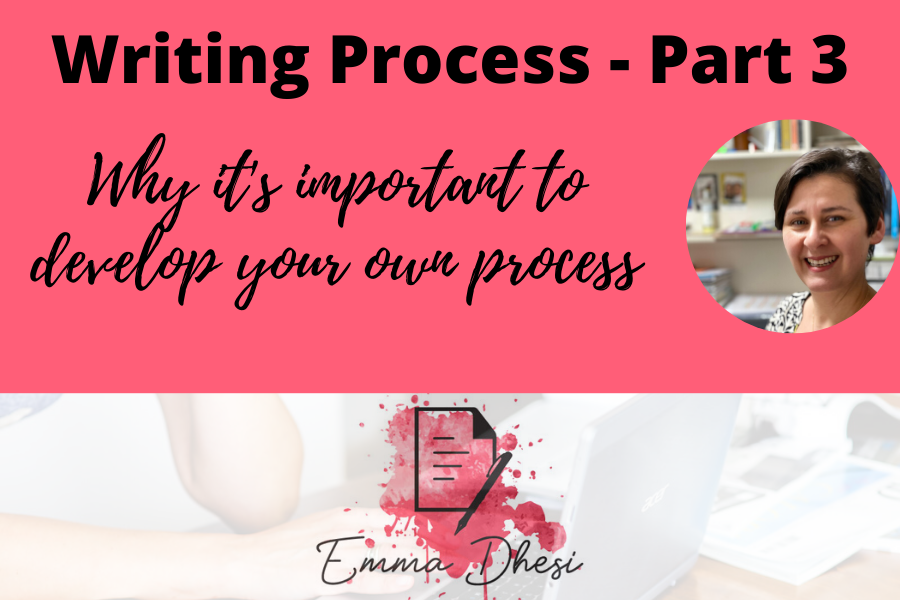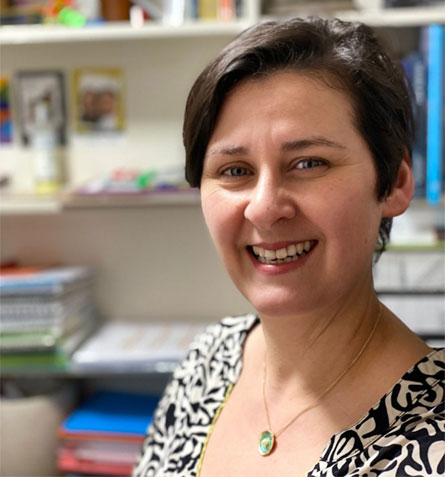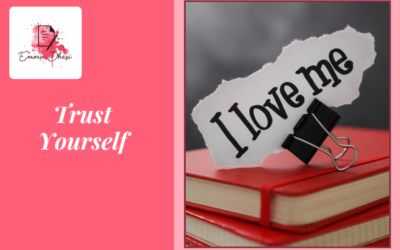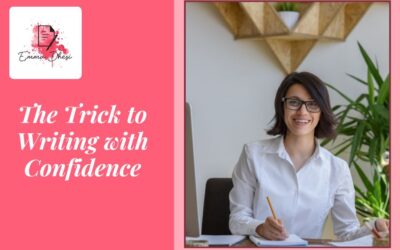Writing Process – Part 3
Welcome to the final part in this mini-series about the writing process.
Parts 1 and 2
In Part 1 we began by looking at Steps 1 and 2 of my writing process, as a means for you to examine how other people write, and to take from it what will suit your writing life.
In Part 2 I shared with you Steps 3 through 8, from how I use Dragon Anywhere to transcribe my handwritten first draft on the computer right up until I send the manuscript to my mum!
Today, I’ll take you through to publication.
Step 9
This is when I send the book to a proofreader. It is amazing the errors and typos a good proofreader will pick up, mistakes that have escaped my notice, my editor, and even my mum!
When you’re starting out, a second round of edits with an editor, and a proofread might be un-doable for you, and that’s okay. When you earn a bit of income from your book or have saved up, you can come back to the manuscript and send it for a second edit and a proofread.
Step 10
I now send the book to my beta readers. This is an essential step of the process, especially if you don’t have the budget for an editor. Some people have hundreds of beta readers. I can think of thriller writer Mark Dawson, for example, who has about 500 beta readers.
I must note that Mark sells millions of books every year, so forgoing 500 sales is not a problem for him!
I have four! Having four readers is enough to pick up almost all of the errors and typos before it goes out into the world.
But let me talk about the advantage to having beta readers, and I’ll use Mark as the example of someone to aspire to.
First, he has many eyes on his manuscript. This means there is less chance of missing any errors.
Second, some of his readers have knowledge he doesn’t. For example, they might know about weapons or spy technology. They pick up little details he either got wrong, or missed altogether. By adding those corrections or additions, Mark improves his story just that little bit more.
Third, his beta readers are ready and primed to leave a review on release day. This ensures his days get noticed, improves visibility within the store and exposes him to more readers.
Four, this pushes his books up the rankings and gives him the bestseller tag.
Five, Mark has many super-fans who will gladly purchase his book upon release, despite having read it for free, so they get the verified purchase tag.
Six, that’s additional sales.

From time to time, I link to products or services I love using with affiliate links. This means that I may receive a small percentage or fee for referring you to any product you may purchase from one of those sites. It does not cost you anything. These small fees help sustain my small business. I truly appreciate your support.
Step 11
The final step – at last!
You can take one of two routes: The traditional one or the indie one.
I have taken the indie route and so Step 11 for me is when I load my manuscript and book cover onto Amazon’s Kindle Direct Publishing (KDP).
Now I need to change from writer to publisher and begin marketing my novel. This is a whole different skillset and not one I’ll cover here.
If you are taking the traditional one, this is when you start querying your book to agents.
If you’re querying agents, remember to be patient and resilient. Don’t give up. Keep querying until you get an acceptance.
And while you are querying that book, start brainstorming or mulling over your next book. Make full use of the momentum you’ve built over the past months writing book #1 and allow it to carry over into book #2.
As soon as my book is published up on Amazon, I start mulling over the next one…
For both, it’s a time for celebration! #win
Book Covers
A side note for those going the indie route. There are myriad ways of procuring a book cover, some people even design their own. Whichever way you do it, be mindful of your budget. If you can hire someone as well known as Stuart Bache, go for it. But if your budget means you need to buy a pre-made or design your own, do your due diligence first.
Look at the existing covers in your genre. Follow the trend. Do not try to be original. The reason for this is that when someone is scrolling through their online bookseller, they want to quickly identify that your book is for them.
Only when they see that your cover matches what they like to read, will they stop scrolling and take the time to read your blurb.
Conclusion
So there you have it, my writing process.
Does it resonate with you? Do you have a similar process or is it completely different?
Perhaps there is one that that suits the way you write, or maybe you need to tweak it a little.
It’s all good, because knowing what you don’t want your process to be is as important as knowing what you do want. It’s all part of the process.
What’s your process?
If you have one comment below. There will be someone out there who needs to hear what you do in order to inspire them.
Your experience might just be what they need to get to kick start their writing routine and creative process.
If this article was useful, you’ll love:
If you’ve been working on your novel for years (perhaps even decades) the maybe it's time to consider working with a coach.
If you have multiple versions of your novel and you don’t know which works best, are scared nobody will like your book and don't feel like a 'real' writer, then my guess is coaching is the right next step for you.
Find out more and sign up for your free Clarity Call here: https://emmadhesi.com/personal-coaching/

Emma Dhesi writes women’s fiction. She began writing seriously while a stay at home mum with 3 pre-school children.
By changing her mindset, being consistent and developing confidence, Emma has gone from having a collection of handwritten notes to a fully written, edited and published novel.
Having experienced first-hand how writing changes lives, Emma now helps beginner writers find the time and confidence to write their first novel.




0 Comments